
The business landscape — plagued by economic headwinds, trade sanctions, supply chain disruptions, and staffing shortages, amongst others — is a shifting terrain that demands constant adaptation. In this environment, a strong foundation in ethics and compliance (E&C) becomes even more critical.
However, navigating this terrain requires more; it demands a dedicated and ethical workforce. Employees are the backbone of every business, and their decisions and actions all have an impact on an organisation’s reputation, resilience, and ability to adapt.
Yet, a common misconception amongst startups and small and medium enterprises (SMEs) in Singapore is the belief that ethics and compliance training is complicated and cumbersome and something that only larger, established organisations and multinational corporations need to deal with.
However, the reality is that E&C is crucial and beneficial to all organisations, large and small, including SMEs. Recent high-profile cases of bribery and corruption, false testimony and even degree forgery serve as a sober reminder that not adopting standards and strategies for E&C training can be detrimental in the long term.
In fact, LRN Corporation’s recent Benchmark of Ethical Culture Report 2024 found that companies with strong ethical cultures outperform those with weak ethical cultures by an average of ~50% across traditional business metrics such as customer satisfaction, employee loyalty, competitiveness, innovation, and adaptability.
Adopting a foundational E&C training programme can help organisations better navigate the legal and regulatory landscape, avoid fines and ethical pitfalls, and build a positive workplace culture where the business and its people can thrive by acting upon shared values. It also contributes towards the building of an organisation’s ethical culture – the values, attitudes and behaviours of individuals and organisations that influence ethical decision-making.
Proper E&C training and up-skilling are more crucial than ever, and building an effective and measurable E&C training programme will look different for every organisation. However, there are a few key concepts that are universal and can help guide organisations, big or small, to ensure a secure and well-supported programme.
Create a clear code of conduct
A code of conduct is a set of principles and expectations that employees are expected to adhere to, and should accurately reflect the organisation’s values, beliefs and aspirations. It includes codifying key policies on anti-discrimination, harassment, data privacy and more.
Serving as a useful guide for employees at various levels to help influence ethical decision-making, the code of conduct should be easily accessible, visually engaging and simple to parse. For instance, by making its code of conduct searchable, web-based and mobile-enabled, a company can ensure that employees can easily consult it regularly to check misconduct parameters or locate a reporting hotline.
Also Read: Empowering change: Singapore’s female-led startup success stories
The code should not just be a check in a box for leadership or employees. To make it a ‘living document’ practised across the organisation, leadership teams need to champion the code and demonstrate the right behaviours, including treating everyone in the organisation with equal respect, acting with integrity and taking a values-based approach to decision-making.
Further strengthen the code of conduct by regularly recognising and rewarding employees who exemplify the code’s values. This encourages a holistic, top-down, bottom-up approach towards E&C.
Identify and avoid cultural hindrances
The fastest growing cohort of workers, Gen Z, is making it known they won’t work for companies whose visible values don’t align with their own. Furthermore, LRN’s Benchmark of Ethical Culture Report has also revealed that 25 per cent of Gen Z and 45 per cent of Millennials surveyed in Singapore find it acceptable to break the rules if needed to get the job done. Such attitudes directly undermine the importance of an organisation’s code of conduct, perpetuating the notion that it’s irrelevant or unimportant.
To prevent this, organisations should also evaluate if a potential new hire’s values align with the organisation’s values and ethical standing. Additionally, retaining employees with strong ethical compasses can help foster and strengthen a positive and inclusive work environment. Ensure that E&C objectives and criteria are inbuilt into performance evaluations – making ethical behaviour a core job requirement while also recognising employees that contribute towards organisational culture.
The importance of relevant and effective E&C programmes
New ethical issues and compliance risks arise all the time. Regulations are constantly being updated with increasing regulatory scrutiny, and a heightened public awareness of ethical issues has put a spotlight on corporate behaviour. Outdated E&C training leaves companies and their employees vulnerable to lapses, penalties, lawsuits, and blowbacks.
Also Read: Navigating the AI maze in Malaysia’s martech: Striking a balance between efficiency and ethics
Organisations need to ensure that their E&C programmes are up-to-date and relevant — equipping employees with training and knowledge to handle new challenges and the latest threats ethically and compliantly.
Start by regularly measuring ethical culture and relevant qualitative key performance indicators, such as behaviour change to determine employees’ compliance and ethical standing against the current code of conduct; and revising training programmes where required. This can help organisations stay ahead of potential misconduct while identifying potential areas of improvement.
Model programmes should also foster alignment across relevant departments such as human resources (HR), legal, compliance, risk and information technology to ensure that all knowledge gaps are addressed. This should be done regularly to ensure that training is up-to-date according to evolving needs.
Additionally, employ the latest technology to make training more engaging and effective. For example, gamified compliance training – utilising points, badges, leaderboards and interactive scenarios – can turn a dry and tedious topic into an enjoyable and stimulating experience that encourages active participation. Pulse surveys can also be incorporated into the gamified training to track sentiment, identify problem areas, measure change over time and benchmark performance.
In today’s ever-evolving business landscape shaped by shifting E&C demands and compliance pressures, companies must mandate an effective E&C training programme that will help inculcate a strong, resilient and positive ethical culture and boost an organisation’s ability to stay ahead of growing uncertainties.
Far from just an optional extra adopted by MNCs, E&C training is crucial to success for organisations of all sizes, and the creation and upkeep of such programmes can empower sustainable growth and resilience.
—
Enjoyed this read? Don’t miss out on the next insight. Join our WhatsApp channel for real-time drops.
Editor’s note: e27 aims to foster thought leadership by publishing views from the community. Share your opinion by submitting an article, video, podcast, or infographic.
Image credit: Canva Pro
This article was first published on September 19, 2024
The post Fostering a thriving workplace with shared values through E&C training appeared first on e27.



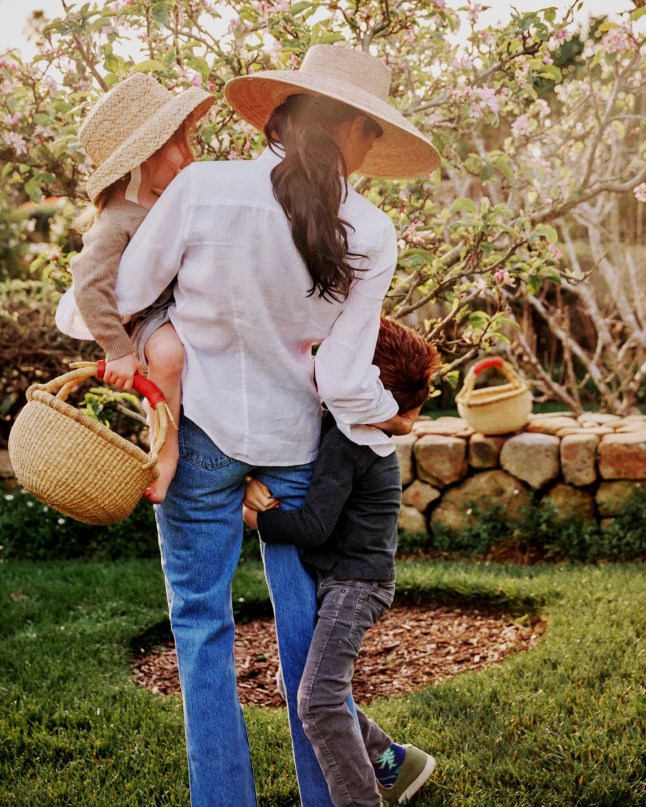
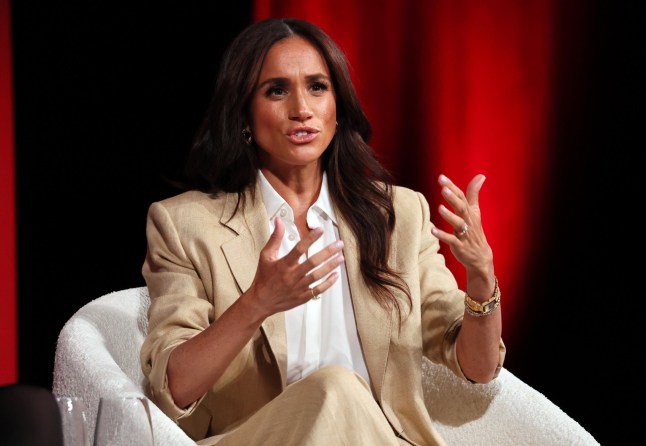
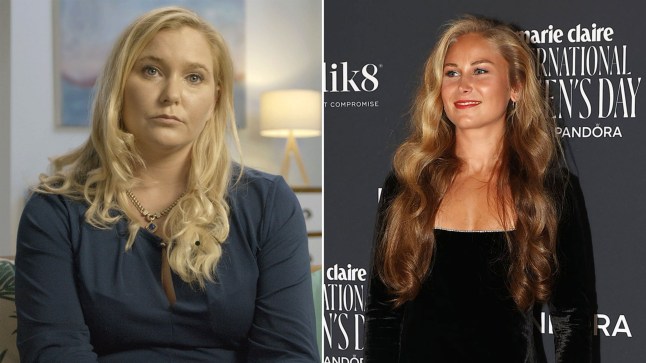
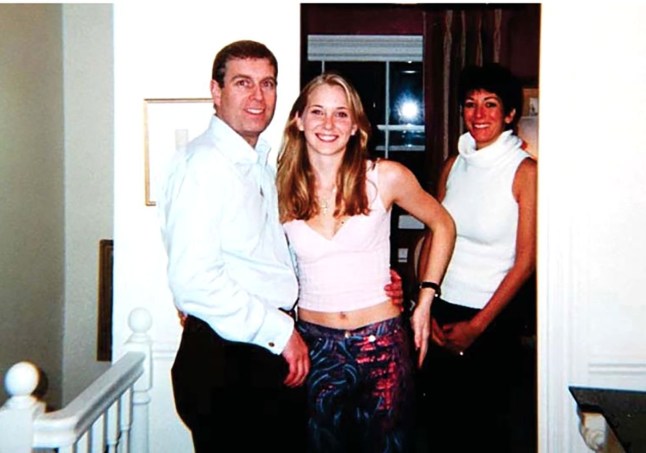

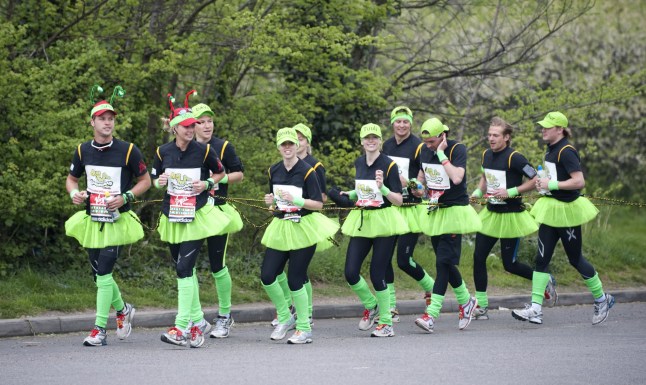
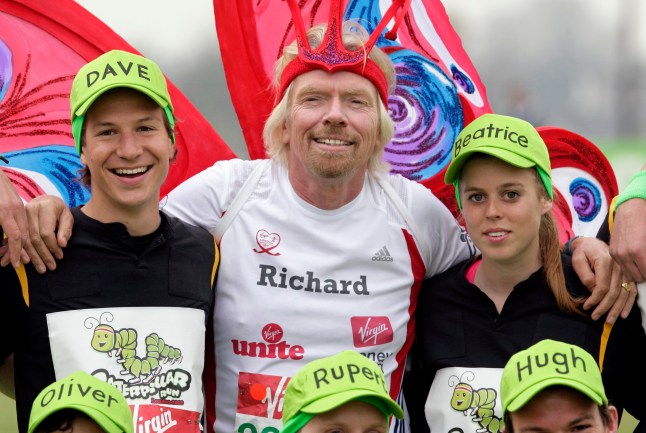


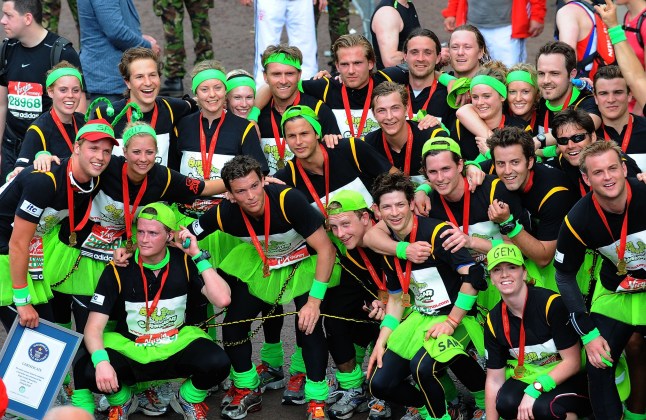
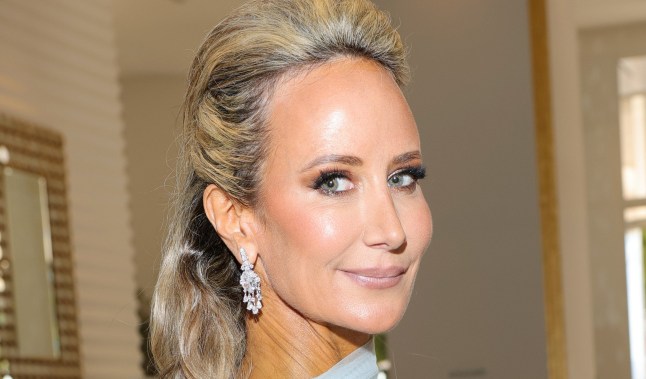
![PRINCE ANDREW, TANIA BRYER AND LADY VICTORIA HERVEY CHINESE NEW YEAR PARTY HOSTED BY ANDY WONG AND WIFE PATTI AT THE REFORM CLUB, LONDON, BRITAIN - 26 JAN 2002 [MUZZED] Mandatory Credit: Photo by Richard Young/REX/Shutterstock (375881j)](http://www.highschoolhypnotist.com/wp-content/uploads/2025/04/PRI_82552937-cd90-e1745659620965.jpg)



